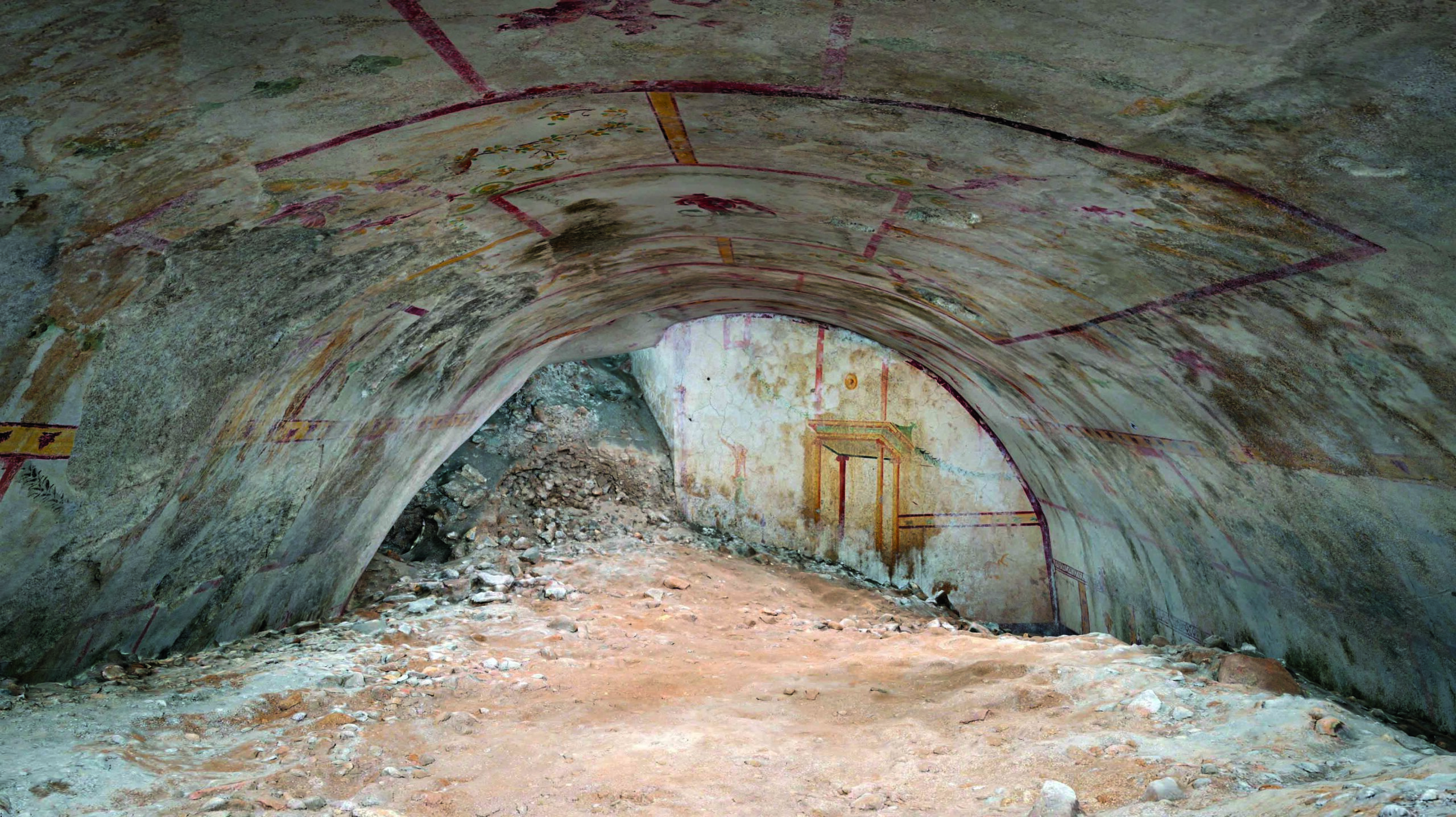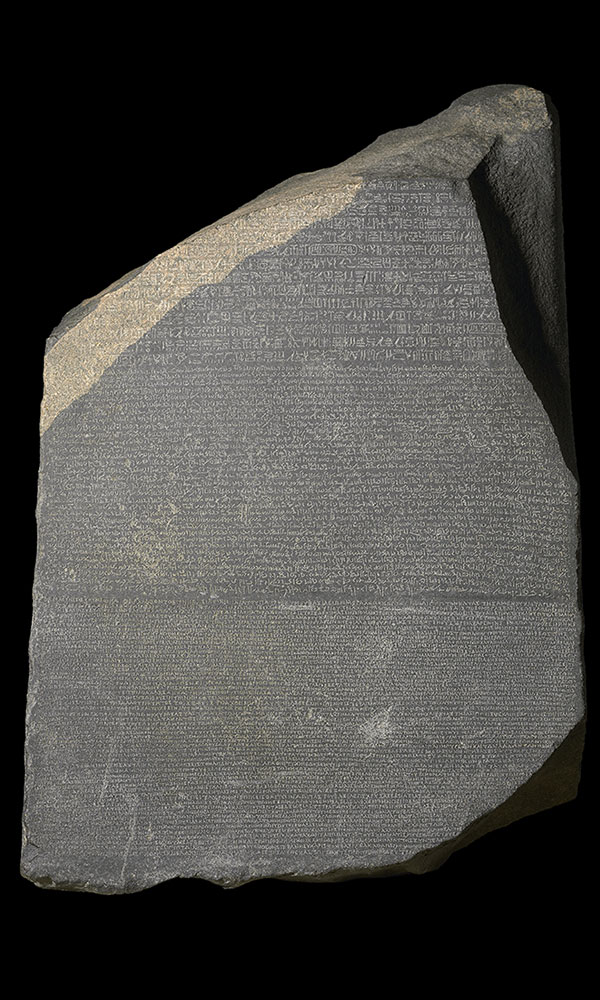
While the streets, houses, and shops of ancient Herculaneum were preserved to a remarkable degree by the eruption of Mount Vesuvius in A.D. 79, its vibrant frescoes have suffered a tremendous toll in the years since they were first exposed. By using a new portable X-ray fluorescence (XRF) device called Elio, chemist Eleonora Del Federico of the Pratt Institute has been able to see behind the damage to the surface of a painting excavated in the House of the Mosaic Atrium 70 years ago. “Using this device we can see a complex and sophisticated painting technique with details not visible to the naked eye today,” says Del Federico. But it was the “iron map”—XRF shows researchers the elemental composition of artifacts and how the elements are distributed within the object—that Del Federico says “blew her mind.” She says, “The iron map shows not only a beautiful woman, with detail, but also reveals her thoughtful expression and, for me, her humanity. Looking at the iron map, to me, is like looking into this woman’s soul.”












